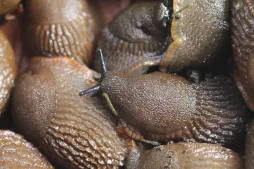Mentha × piperita, peppermint
A spontaneous hybrid of Mentha aquatica and Spearmint (Mentha spicata), Mentha x piperita has been cultivated in England since the 17th century. This member of the Lamiaceae family is now widespread in Europe and as far west as Asia.
How to recognize Mentha × piperita, the peppermint?
Mentha x piperita rarely exceeds 60 centimetres in height. It is an herbaceous perennial with deciduous foliage and a spreading habit.
The obovate leaves are between four and ten centimetres long. They alternate in pairs on the short, quadrangular, purplish stem. The glossy green, toothed-margined blades are hairy on the upper surface, sometimes with red highlights. Their fresh, lively, highly minty fragrance has pungent, camphorated notes.
Peppermint flowers in spring. Nectariferous and melliferous, its spikes of pink flowers attract bees and pollinating insects.
Peppermint may be invasive, but it is not toxic. Like other varieties of mint, it is valued in traditional medicine for its tonic and antispasmodic virtues. In addition, due to its high menthol content, Mentha x piperita is used in cooking to enhance dishes and drinks. It is also used in industry to flavour toothpaste and make sweets.
Our maintenance tips
Peppermints are very invasive. We advise against planting them in the ground. Plant them in pots to prevent the roots from spreading. If you wish, you can bury the pot.
Watering
Water your plant when the surface of the substrate is dry to the extent of three centimeters.
Use non-calcareous water at room temperature, such as rainwater or filtered mains water.
After watering, drain off any water that collects in the saucer or planter. It can rot the roots.
Repotting
Soak the root ball for a few minutes to rehydrate the roots. Then get a perforated pot and pour in a drainage layer (clay balls or gravel).
On top of this, add a light, rich substrate, such as potting soil for herbs. Place the root ball in the center of the pot, then fill in with potting soil, packing lightly around the plant.
Finish by watering generously: mint appreciates humidity and this will help it to take root.
Fertilization
To promote the growth of your Mentha × piperita, apply fertilizer in spring and summer.
Use a fertilizer for aromatic plants to stimulate growth. Follow the dosage prescribed by the manufacturer to avoid damaging roots or foliage.
Harvest
Cut a stem about 15 centimeters long and remove the leaves. They can be eaten fresh or dried.
Prune
Cut flowers to prevent seeds from spreading.
Using clean pruning shears or a pair of scissors, cut back the stems to 10 cm above the ground to encourage plant renewal.
Plantation
Soak your Peppermint to rehydrate the roots.
Meanwhile, dig a hole three times the size of the root ball. Peppermints can spread where you least expect it. Install a root barrier to prevent the roots from invading your entire garden.
Plant your Peppermint. The root ball should be level with the ground. Fill in with a mixture of universal potting soil and garden soil. Water to encourage growth.
Your Peppermint likes humidity. You can mulch the base to keep the soil cool and limit watering.
Cutting
Carefully remove one of the plants from the ground at Peppermint. Cut the root ball into several parts using your hands and a clean, sharp tool.
Pour a drainage layer (clay balls, gravel) into a pierced pot adapted to the size of your cutting. Then add potting soil for herbs.
Plant your Peppermint. Tamp gently and water to encourage rooting.
Disease / Threat
Information
| Family | Lamiaceae - Lamiaceae |
| Type | Mint - Mentha |
| Species | Peppermint - Mentha × piperita |
| Lifecycle | Perennial |
| Foliage | Deciduous |
| Exposure | |
| Substrat | |
| Planting methods |
Open ground In pots In tubs Planter |
| Categories | |
| Tags |
Beginner Invasive Increvable Medicinal |
| Origins |
East Asia Eastern Europe Southern Europe |
| Hardiness (USDA) | 6b |
| Leaf color |
|
| Flower color |
|
Discover plants from the same family
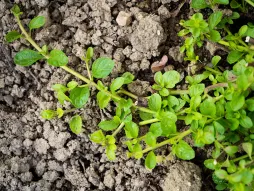
Mint Pouliot
Discover
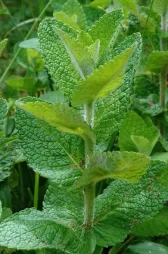
Mentha × rotundifolia
Discover
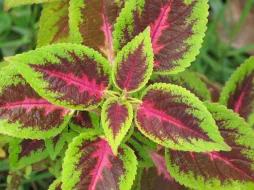
Plectranthus scutellarioides
Discover
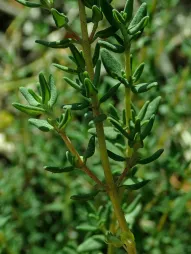
Common thyme
Discover














